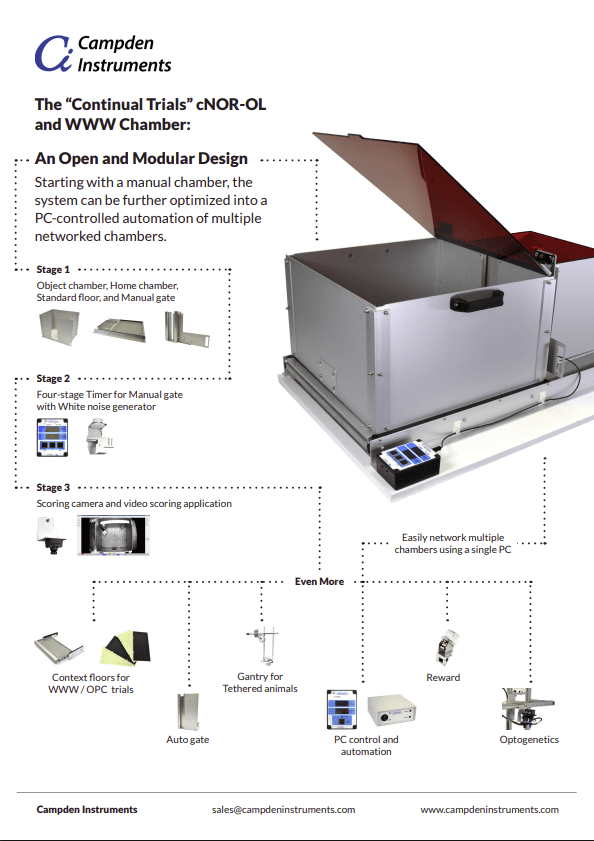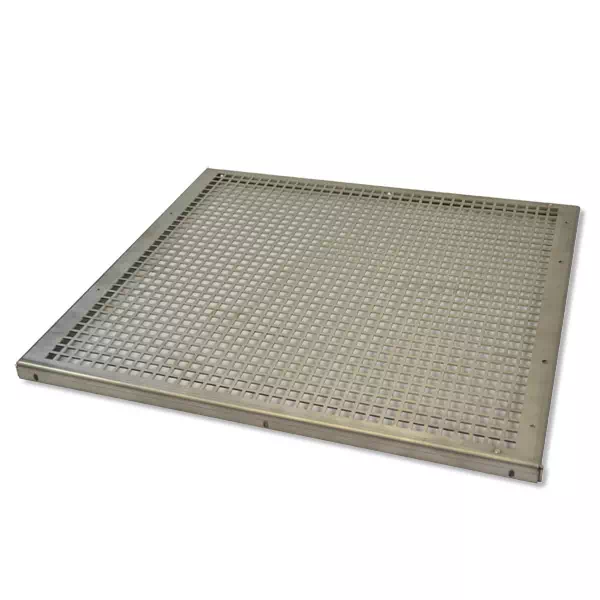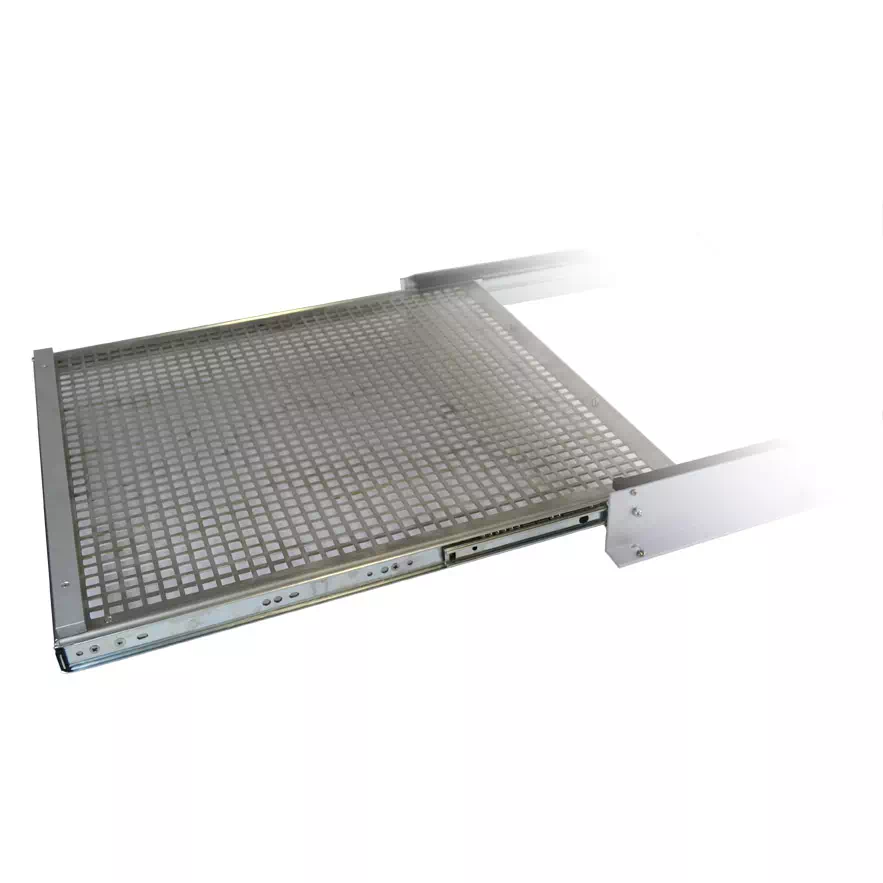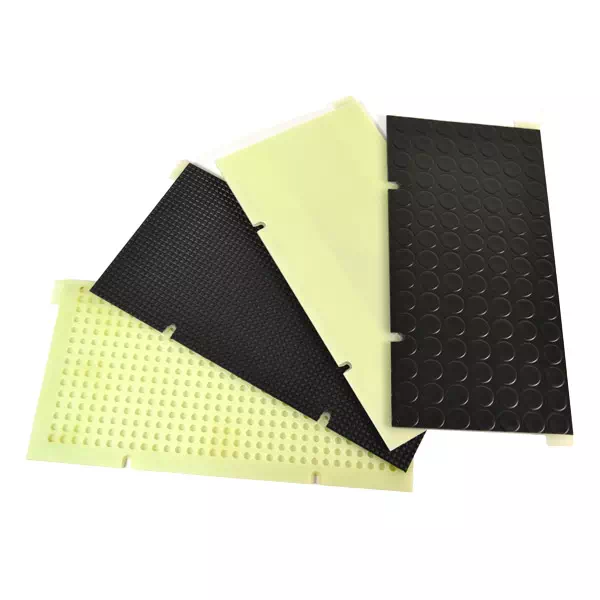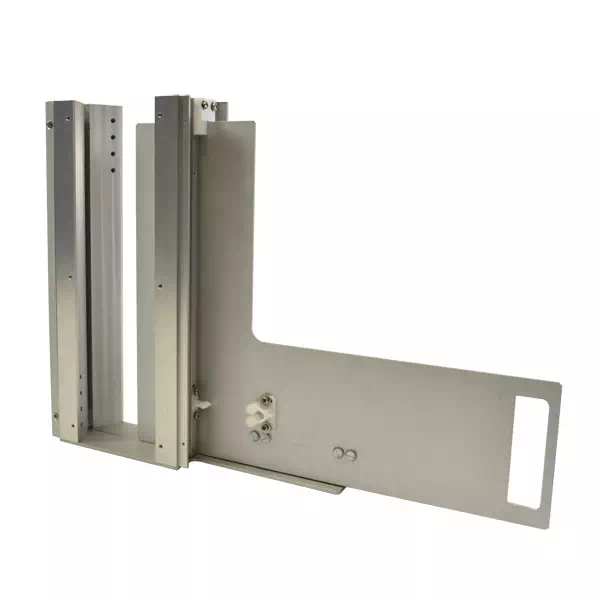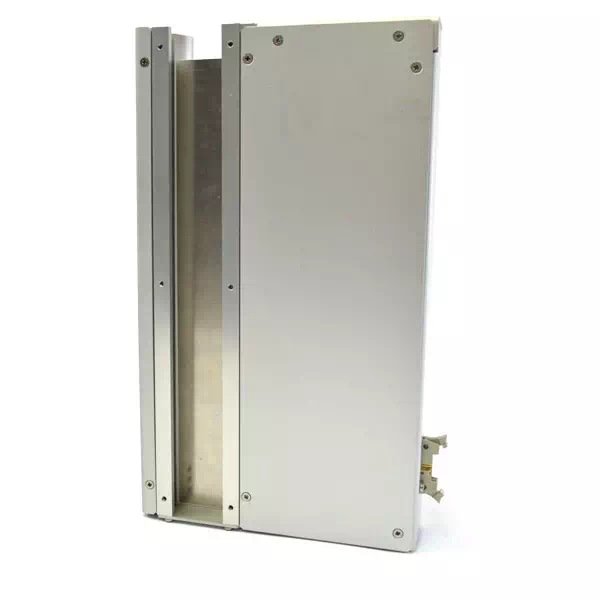Extending and improving the power of the NOR test of memory.
Novel Object Recognition and Object Location Recognition have long been used with rats and mice as a test of memory. It relies on the rodent’s natural behaviour and does not require any food restriction.
Whereas the prevailing one trial a day methodology has inherent limitations and is subject to variability across labs, mainly due to the amount of animal handling that is required, Easton’s “Continuous Trials” NOR method enables up to 16 trials a day without handling between trials and was developed with supported from an NC3R’s project in four UK universities.
Manual Scoring App is available for easy manual capture of the data.
The advantages of “Continual Trials” are as follows:
- Higher statistical power
- Reducing experiment time
- Reducing number of animals
- Reducing the effects of animal handling and the distraction effects this causes – Read More
- Gives a measure of the effects of proactive interference – Read More
- Enables a measure of strategy – Read More
- Long term memory of several objects
- Measures episodic memory – OPC
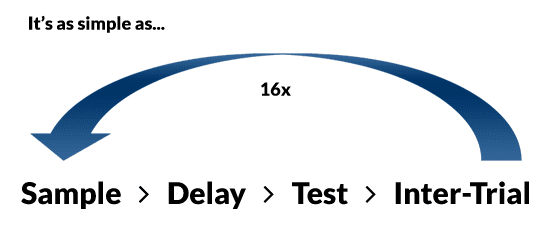
Continual Trials Methodology
In “Continual Trials” methodology, the animal moves between home-cage and experimental chamber under its own natural motivation, allowing multiple trials per session. Typically 16 trials can be performed within a 2 hour session.
Modular chambers with automated and manual parts to suit your budget.
In the fully automated chamber, all core functions are computer controlled — including gate opening, monitoring animal movement in either direction, dispensing food rewards to encourage shuttling between the holding and experimental chambers, and activating the monitoring cameras. This automation allows the experimental technician to focus solely on changing the objects. The integrated control console provides prompts on when to make these changes and identifies which objects to place in the chamber.
The cNOR-OL Auto-Chamber Operator’s Console for ABET II (Model CI.80514-1) communicates directly with the control system, confirming when object changes have been completed.
For laboratories seeking a more economical setup, manual-gate chambers are also available and can be upgraded later to full automation. The cNOR-OL Operator’s Console for Manual Gate and Chamber (Model CI.80514-2) supports precise temporal control of the four stages in each trial.
Videos
Scientific Resources
NC3Rs article on the Continual Trials apparatus.
- The NC3Rs recognizes the Continual Trials apparatus meets goals of number of animal use reduction and refinement by reducing the necessary handling. For more information about the goals of the NC3Rs and the 3Rs, visit the NC3Rs website.
Object-Place-Context (OPC) - Measure of Episodic memory
- There is also an option to have changeable floors in the cNOR-OL chamber. This adds an extra context, so the mice have to remember the object, the place they last saw it and on what context floor it was on. This is a measure of episodic memory. The Easton Lab have further investigated rat strategy in doing the test - Read More
Key Publications
- Ennaceur & Delacour 1988 (Object preference)
- Ennaceur & Meliani 1992 (Memory for location)
- Ennaceur & Aggleton 1997 (Prh lesions in spatial and NOR)
- Dix & Aggleton 1999 (Object-location)
- Dix & Aggleton 1999 (Object-context)
- Easton, Eacott, Zinkivskay 2005; Eacott & Norman 2004 (Combinations, Episodic memory)
- Eacott & Gaffan 2005; Easton & Eacott 2010 (Variety of different memories, dissociation of underlying mechanisms)
- Varghese, Brett, Harland, Van-Nobelen & John Dalrymple-Alford, 2009 Episodic memory, odour context
- Davies, Easton, Eacott, Gigg 2013 Episodic memory for WWW & Episodic memory & Alzheimer's-like pathology
Continual Trials NOR & OL
- Ameen-Ali, Easton & Eacott 2012 (rats)
- Ameen-Ali et al 2015 (improved reliability & interpretation)
- Seel, Eacott, Langston & Easton 2017 (rats)
Recent Continual Trials Papers
- Ross, T. W. & Easton, A. (2022). Rats use strategies to make object choices in spontaneous object recognition tasks. Scientific Reports, 12, Article 16973. - Read More
- Ameen-Ali, K. E., Sivakumaran, M. H., Eacott, M. J., O’Connor, A. R., Ainge, J. A., & Easton, A. (2021). Perirhinal cortex and the recognition of relative familiarity. Neurobiology of Learning and Memory, 182, 107439. -Read More
- Landreth, K., Simanaviciute, U., Fletcher, J., Grayson, B., Grant, R. A., Harte, M. H., & Gigg, J. (2021). Dissociating the effects of distraction and proactive interference on object memory through tests of novelty preference. Brain and Neuroscience Advances, 5, 1–11. - Read More
- Chan, M., Austen, J. M., Eacott, M. J., Easton, A., & Sanderson, D. J. (2019). The NMDA receptor antagonist MK-801 fails to impair long-term recognition memory in mice when the state-dependency of memory is controlled. Neurobiology of Learning and Memory, 161, 57–62. - Read More
- Seel, S. V., Eacott, M. J., & Langston, R. F. (2018). Cholinergic input to the hippocampus is not required for a model of episodic memory in the rat, even with multiple consecutive events. Behavioural Brain Research, 354, 48–54. - Read More
- Chan, M., Eacott, M. J., Sanderson, D. J., Wang, S., Sun, H., & Easton, A. (2018). Continual Trials Spontaneous Recognition Tasks in Mice: Reducing animal numbers and improving our understanding of the mechanisms underlying memory. Frontiers in Behavioral Neuroscience, 12, 214. - Read More
Related papers on Recognition and Episodic Memory
- Pereda, D., Al-Osta, I., Okorocha, A.E., Easton, A. & Hartell, N.A. (2019). Changes in presynaptic calcium signalling accompany age-related deficits in hippocampal LTP and cognitive impairment. Aging Cell 18(5): e13008. - Abstract
- Incidental context information increases recollection. Learning & Memory 24(3): 136-139. - Abstract
- Ameen-Ali, K.E., Easton, A. & Eacott, M.J. (2015). Moving beyond standard procedures to assess spontaneous recognition memory. Neuroscience and Biobehavioral Reviews 53: 37-51. - Abstract
- Robertson, B-A., Eacott, M.J. & Easton, A. (2015). Putting Memory in Context: Dissociating memories by distinguishing the nature of context. Behavioural Brain Research 285: 99-104. - Abstract
- Davis, KE, Easton, A., Eacott, MJ & Gigg, J (2013). Episodic-Like Memory for What-Where-Which Occasion is Selectively Impaired in the 3xTgAD Mouse Model of Alzheimer's Disease. Journal of Alzheimer's Disease 33(3): 681-698. - Abstract
- Davis, K.E., Eacott, M.J., Easton, A & Gigg, J. (2013). Episodic-like memory is sensitive to both Alzheimer's-like pathological accumulation and normal ageing processes in mice. Behavioural Brain Research 254: 73-82. - Abstract
- Ameen-Ali,K.E., Eacott,M.J. & Easton,A. (2012). A new behavioural apparatus to reduce animal numbers in multiple types of spontaneous object recognition paradigms in rats. Journal of neuroscience methods 211(1): 66-76. - Abstract
- Easton, A & Eacott, MJ (2012). Cholinergic mechanisms of episodic memory: what specific behavioural tasks can tell us about specific neural mechanisms. Brain Research Bulletin. - Abstract
- Easton, A, Webster, LAD & Eacott, MJ (2012). The episodic nature of episodic-like memories. Learning & Memory 19(4): 146-150. - Abstract
- Easton, A., Child, S. & Lopez-Crespo, G. (2011). Differential outcomes aid the formation of categorical relationships between stimuli. Behavioural Brain Research 222(1): 270-273. - Abstract
- Easton, A., Fitchett, A., Eacott, M.J. & Baxter, M.G. (2011). Medial septal cholinergic neurons are necessary for context-place memory but not episodic-like memory. Hippocampus 21(9): 1021-1027. - Abstract
- Eacott, MJ & Easton, A (2010). Episodic memory in animals: Remembering which occasion. Neuropsychologia 48(8): 2273-2280. - Abstract

